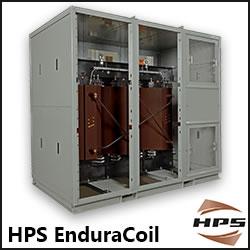How Improvements in Thin-Film Silicon PV Will Keep it Alive in the Marketplace
The Role Of Law In The Renewable Energy Industry
Resetting the Clock: RPS and Realizing Energy Independence
Wind Powered Engines And The Elusive 59% Efficiency
Geothermal Heat Pumps: Heating & Cooling of America
Considerations in Fuel Cell Voltage Monitoring
Wind energy: Why is project certification so important?
AltEnergyMag Interview - Dupont's PV Strategy for 2010
Solar Repowering
Asia-Pacific Renewable Energy Policy Handbook
Phoenix Role in Prospective "Hydrogen Economy" - 2010 Outlook
Renewable Lean - The Need for Lean in Renewable Energy Manufacturing
AltEnergyMag Interview - Electrical Energy Services and Renewable Energy
AltEnergyMag Interview - Bonfiglioli's Role in Renewable Energy
AltEnergyMag Interview - Bio-based Solar Cell Backsheets
Records 2476 to 2490 of 3122
First | Previous | Next | Last
Featured Product

